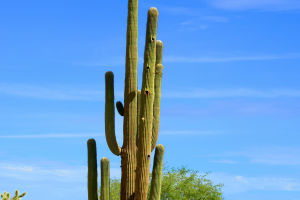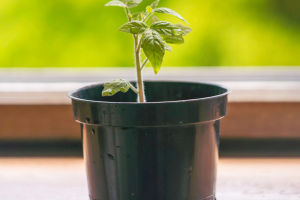With their unique appearance and simple maintenance methods, succulents have become one of the top choices for indoor plant enthusiasts.
However, despite their reputation for being easy to care for, many people still struggle to keep succulents thriving, leading to continual wilting or even death.
If you've experienced this frustration, fear not! In this comprehensive guide, I'll unveil four foolproof methods to ensure the health and vitality of any succulent in your care.
1. Optimize Sunlight Exposure and Temperature Regulation
To successfully cultivate succulents, understanding their sunlight and temperature requirements is paramount. Succulents thrive in sunny and well-ventilated environments. Insufficient light can result in elongated growth patterns, known as "legginess," and downward-turning leaves.
During spring and autumn, maintain temperatures between 15 to 25 degrees Celsius for optimal growth. Aim for at least four hours of sunlight daily to promote compact growth and vibrant foliage.
In summer, when temperatures soar above 30 degrees Celsius, provide shade and enhance ventilation, especially for winter-dormant succulents. High temperatures exceeding 35 degrees Celsius can scorch succulents if not adequately shaded.
Just like humans, succulents are sensitive to cold temperatures. Ensure warmth during chilly weather by placing them in sunlit areas or greenhouse environments with temperatures above 0 to 5 degrees Celsius. Exposure to sunlight helps prevent freezing damage.
2. Select Appropriate Potting Soil and Containers
Succulents boast petite and charming growth habits. Avoid huge pots, as overwatering and poor drainage often result from mismatched pot sizes.
Disposable cups can serve as suitable containers for succulents; perforate the bottom for drainage, fill with well-draining soil, and plant your succulents.
Additionally, pay close attention to the type of potting soil used. Succulents detest dense, bacteria-laden soil, which can lead to root rot and demise. Opt for nutrient-rich soil mixed with sand to facilitate fertility, aeration, and efficient drainage.
3. Employ Watering and Fertilization Techniques Wisely
Improper watering and fertilization are common pitfalls in succulent care. Succulents thrive in arid conditions and possess excellent drought tolerance.
They require minimal water and fertilizer, flourishing in dry, well-ventilated settings—ideal for plants accustomed to storing water in their roots, stems, and leaves, originating from barren desert landscapes.
Water succulents sparingly, approximately once a week, or when the soil has completely dried. During watering, ensure thorough saturation, then allow excess water to drain freely.
Apply granular slow-release fertilizer monthly when temperatures range between 15 to 28 degrees Celsius. Avoid fertilization below 15 degrees Celsius or above 28 degrees Celsius.
As temperatures surpass 30 degrees Celsius or dip below 10 degrees Celsius, gradually reduce watering frequency. Dormancy sets in when temperatures exceed 35 degrees Celsius or fall below 5 degrees Celsius, prompting a cessation of growth and a gradual reduction in watering.
4. Enhance Ventilation and Environmental Conditions
Succulents thrive in warm, sunny, and well-ventilated surroundings while shunning excessive sun exposure, humidity, and heat. Inadequate ventilation and excessive moisture contribute to succulent ailments like black rot.
During summer's sweltering heat, shield succulents from rain and provide ample ventilation to prevent sunburn. After watering, ensure proper airflow to mitigate the risk of black rot from humid, stagnant conditions.
In winter, maintain warmth for succulents while periodically ventilating to prevent moisture buildup. Neglecting ventilation during winter can still lead to succulent demise due to black rot.
Proper ventilation and sun exposure reduce the incidence of succulent diseases and pests while safeguarding against root and black rot.
With these four essential techniques, you can confidently nurture any succulent to its full potential.
Remember, while succulents exude charm, they demand proper care and attention. By implementing these strategies, your succulents will thrive and infuse your living spaces with lush greenery.


